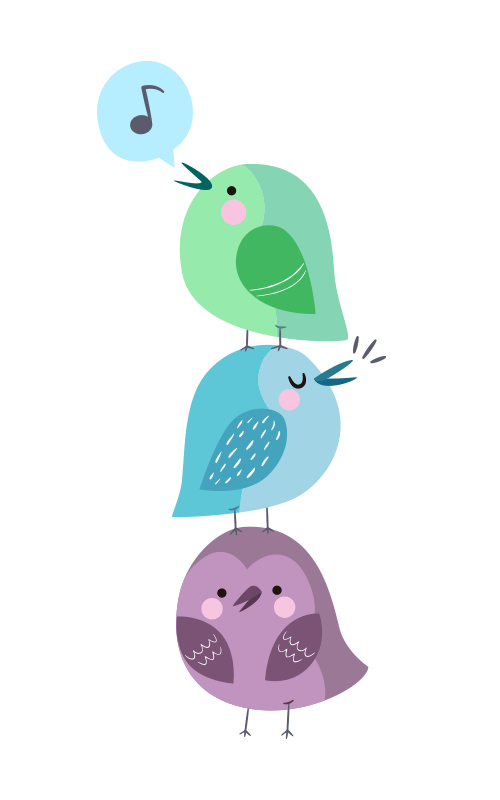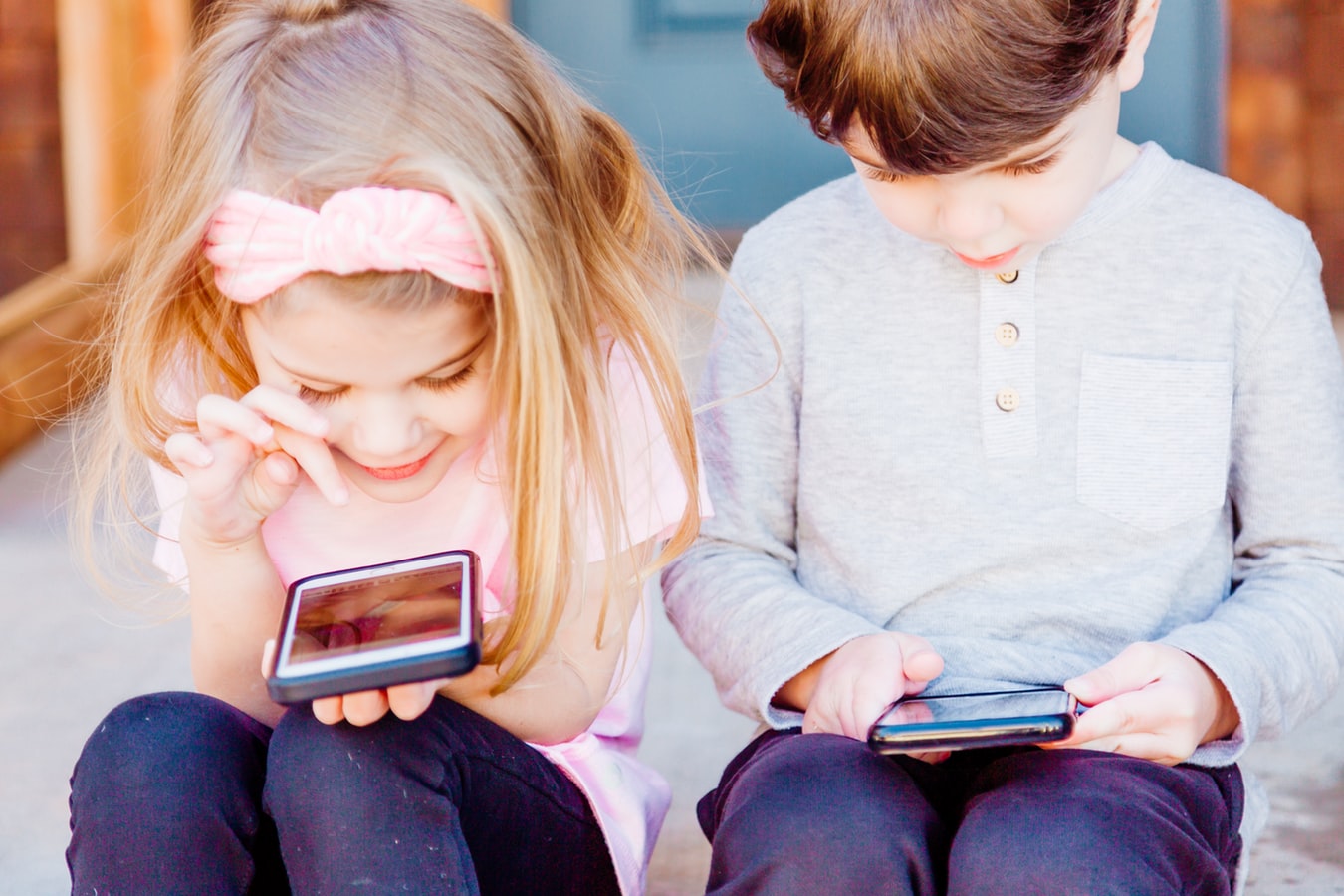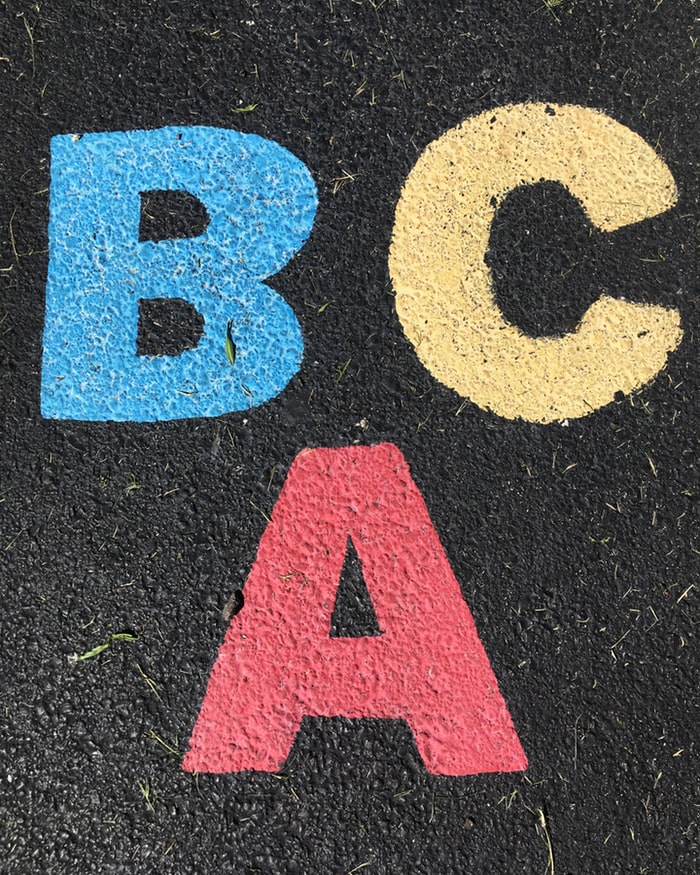TECH-SMART AND HARD OF HEARING?
Modern technology constantly improves our lives and makes things that may have been impossible a few years ago, easy today. We are amazed at the skill our children show when confronted with a new phone or a game.
This, however, puts the focus on visual and hand-eye coordination skills.
We find ourselves at a loss as far as our children’s listening skills are concerned.
Statements like: “How many times must I call you” “She can’t follow instructions” ”Listen to me when I talk to you” are commonplace. They might hear you, but are not always listening. Perceiving sound with their ears (hearing) is not consciously concentrating and choosing to listen. To listen is to also use the mind.
I have been astounded in class when a five year old can sing all the lyrics of a new popular song without fail but struggles to remember school work. It is the combination of the lyrics with rhythm and melody that makes all the difference. Songbirds makes use of this phenomena.
The brain is limited on how much information it can actively keep track of. When teaching repetitive info like counting, chunking is a very important aspect to consider.
I will use the ABC song to explain chunking: the alphabet is broken into chunks which follow the melody: ABCDEFG, HIJKLMNOP, QRS, TUV, WX, Y and Z. now I know my ABC. Next time won’t you sing with me?
The melody makes recalling the content so much easier. Even when you just hum the melody, you can “see” the order of the letters. Transfer is the ability to extend what has been learned in one context (oral/aural) to new contexts (visual). Thus, a song like the ABC song, helps when we have to put written words into alphabetic order for instance. The melody makes recalling the content so much easier. Even when you just hum the melody, you can “see” the order of the letters.
A holistic view is good to adopt in teaching.
A young child’s learning is not grouped into different topics in his/her mind. The Songbirds program makes use of this as well. The ABC song is as much a game/friendship song (next time won’t you sing with me), a song to dance to, as it is a song to teach the alphabet. Children can learn to sing this song long before they will use the alphabet.
Together with songs, earworm activities are offered that further enhance and practise auditory perception, proprioceptive and vestibular systems which are essential to learning. Other skills that will also be developed are: muscle tone, fine motor development, gross motor development, spatial orientation, laterality, balance and coordination.
Why not make learning easy and fun?
© Take note that all articles are under Copyright and may only be used with the written consent of the author.





